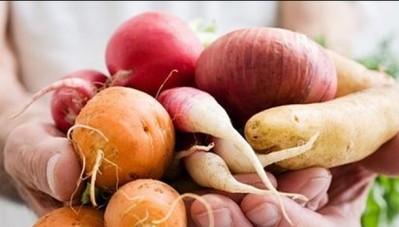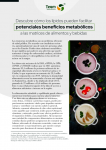Special edition: Organic & Non-GMO
Organic Trade Association: US retail sales of organics grew 11.5% to $35.1bn in 2013
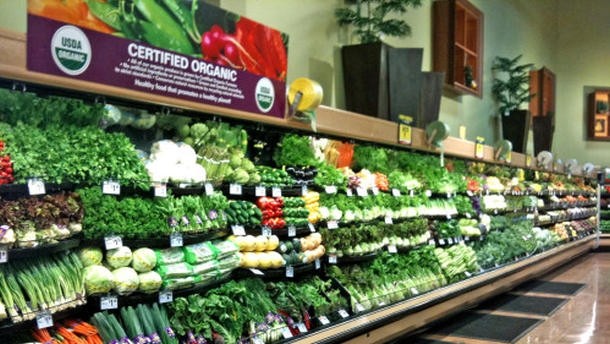
Approximately 92% of the products measured were foods or beverages.
Speaking to FoodNavigator-USA as part of our special edition on Organic & Non-GMO, OTA executive director Laura Batcha said: “There was strong growth in produce and eggs, but we’ve also seen a resurgence in sales of some organic packaged foods such as snacks and cereals.
“Dairy growth was positive but somewhat curtailed by lack of supply, but breads and grains were up 11.6%."
Who buys organics?
Given that more than eight out of 10 US families now buy them - albeit some more than others - it is now abundantly clear that organic groceries are in the mainstream of food culture, a fact underscored by Walmart’s recent commitment to enter the market with a new range of products under the Wild Oats brand at more affordable prices, said Batcha.
“Walmart’s move says to me that organics are here to stay, although the value proposition must be there for the farmers if this is going to work. It has to be a win-win.”
Although more affluent people have historically been the heaviest buyers of organics, recent data suggests that younger, and comparatively less well-off consumers are starting to buy more organic foods, while one of the fastest-growing demographics in terms of purchasing groups is Hispanic families, she added.
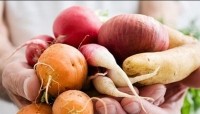
And while people living on the east and west coast still buy the most organic products, this is also beginning to change as products become more widely available, she claimed.
The value proposition must be there for the farmers
As for pricing, the price differential between conventional and organic products has continued to narrow in many product categories owing to "scale and efficiency", although it remains fairly significant in organic meat and dairy owing to high feed costs and availability challenges, she said.
As to whether it is feasible - or even desirable - for organic food to reach price parity with ‘conventional’ food, she said the market had to find a balance between making organics accessible, and ensuring that producers get an adequate return to cover the additional costs of converting to organic farming systems.
Meanwhile, food manufacturers and retailers recognize that in order to secure sustainable supplies of organic ingredients, they need to enter into longer-term supply arrangements with producers, she added. “New models are being developed.”
Why buy organic?
But how does Batcha respond to claims made in a recent report (click HERE ) that while the USDA has explicitly stated that its organic seal is not a measure of nutrition, quality, or safety, the OTA and others continue to tell consumers that organic foods are indeed safer, healthier and more nutritious?
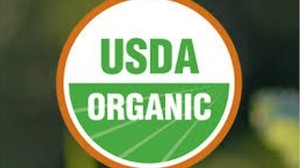
Said Batcha: “The fact that USDA does not make these claims by no means demonstrates that they are not true; the authors of that report failed to make the case that organic foods are not healthier or safer. They didn't even go there."
According to Batcha, consumers buy organic foods primarily because “they are not produced with toxic and synthetic pesticides; and they are from livestock and dairy raised without antibiotics and synthetic growth hormones.”
Meanwhile, the non-GMO factor is also growing in importance, particularly for young people, said Batcha. “Organics are the original non-GMO foods - plus a whole lot more. We've also seen a growing interest in animal welfare as a reason for choosing organic."



